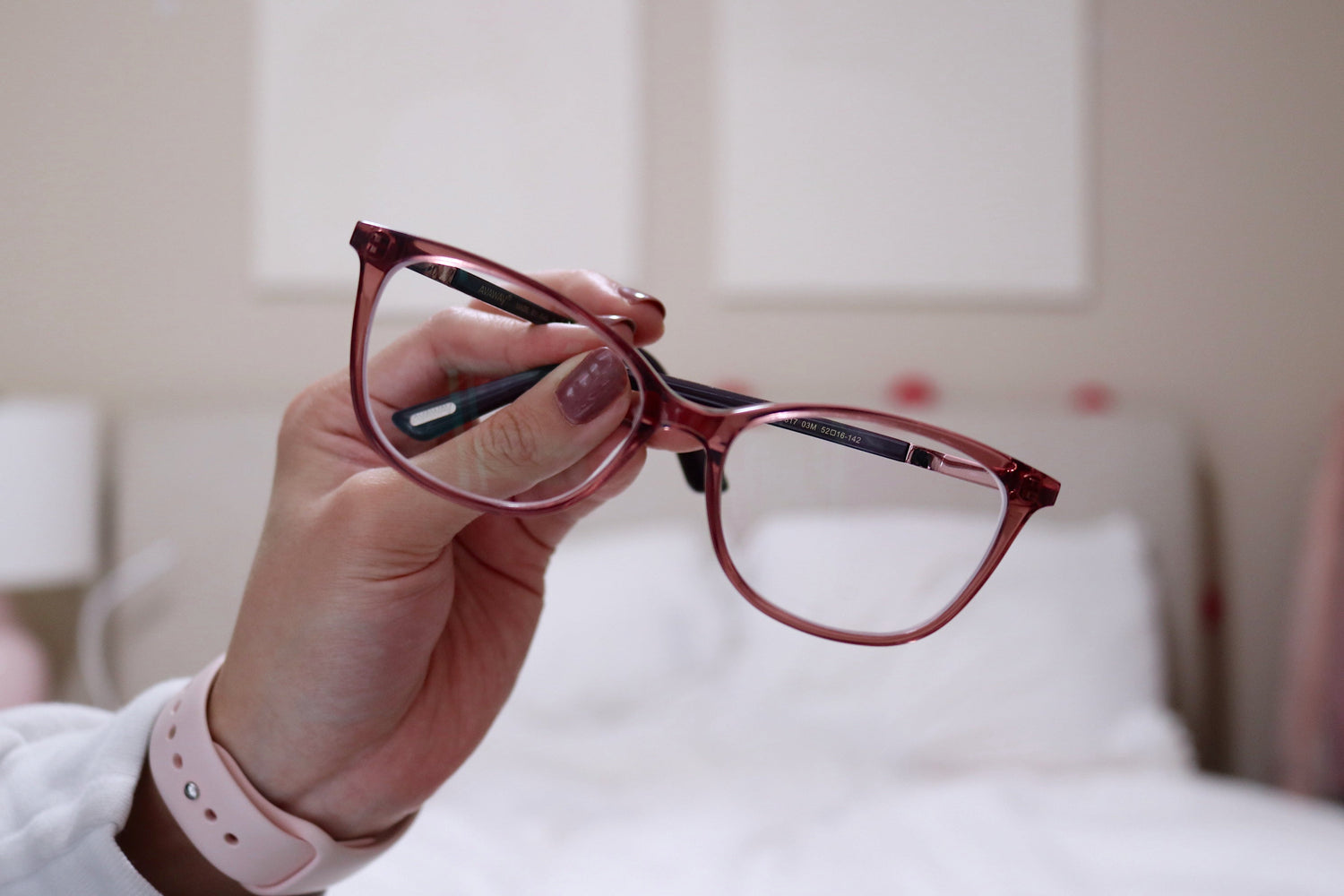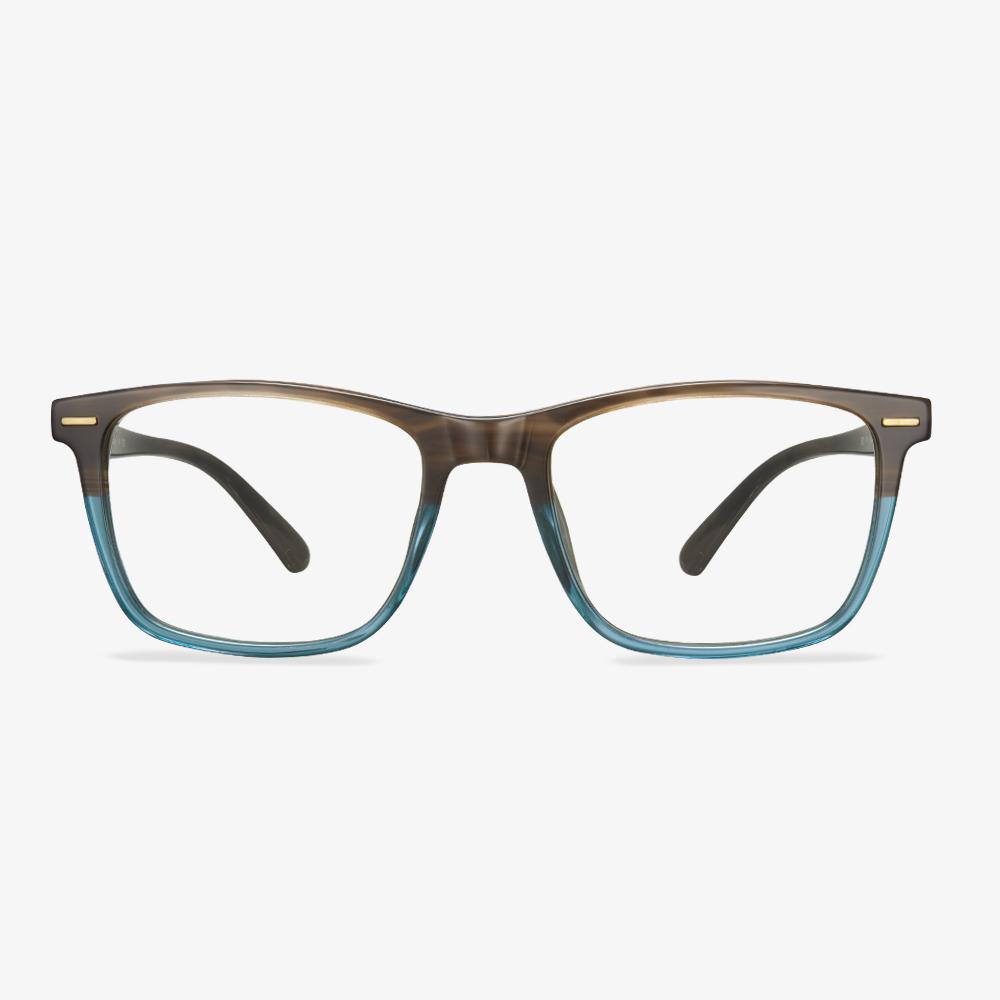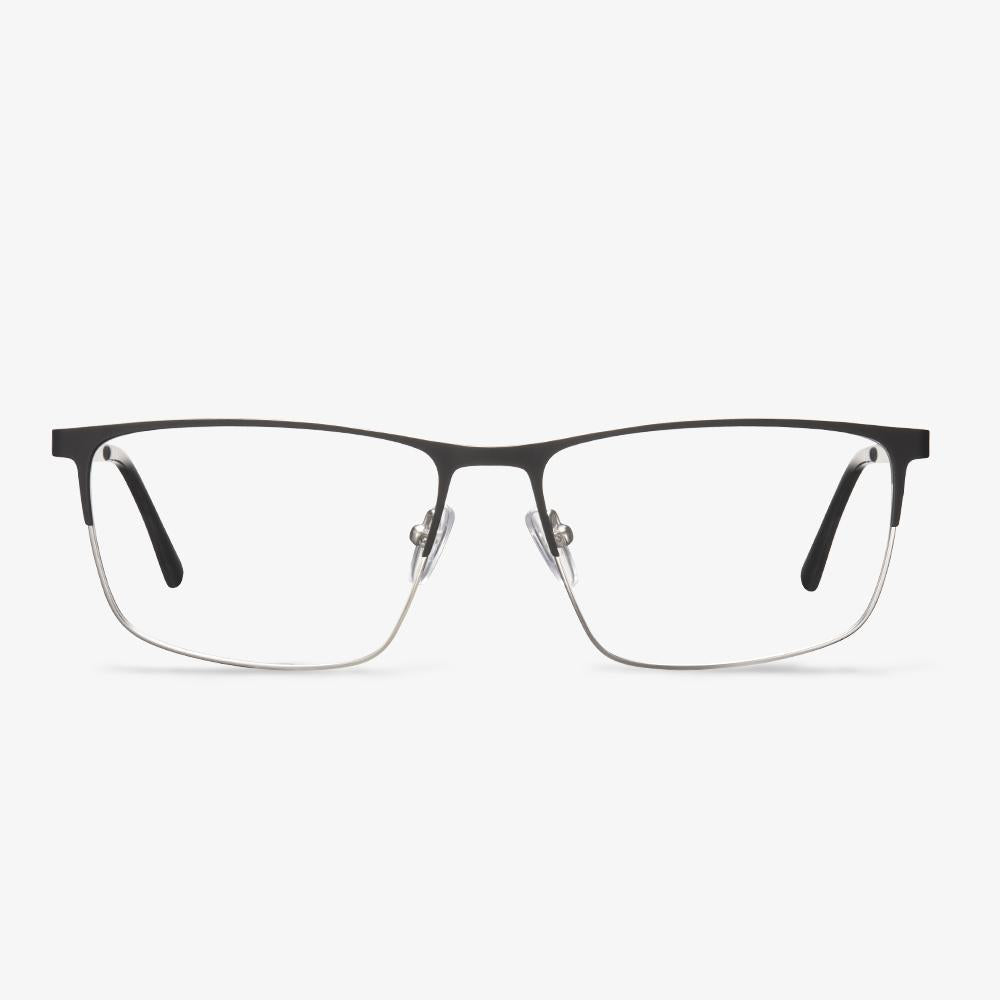Production technology of progressive lenses
In addition to the evolution in design, the production technology of progressive lenses is also constantly improving: the most representative one is the free-form technology. The emergence of free-form surface technology makes the production more flexible and rapid and can realize a more personalized design. For now, progressive lens design is done on the inside surface of the lens by a computer-controlled lathe, as if a master engraver could carve a piece of stone into a work of art.
Understand the impact of frame selection on the lens
Frame size is an important consideration when using progressive lenses because some progressive lenses work better in frames of different sizes. Since progressive lenses allow you to see at all distances, it's important that the whole range of vision fits within the frame. Therefore, very short lenses and larger lenses are not suitable for progressive lenses.
Optix 55 day/night driving glasses
These glasses are designed to provide anti-glare and UV protection. They have a flexible plastic lens and frame that can be used over prescription glasses. They use polarized lenses to make the image look sharper. They help reduce glare, reflection, and its negative effects while improving and brightening the visual area.
What Are Bifocals?
There are several kinds of lenses available in the market. Now, there is a kind of lenses by stacking two different kinds of lenses together and they are called a bifocal lens. Bifocal lenses are lenses with lines separating two different prescriptions. There is a presence of a distance lens at the top and the lower part has a lens that can be used to view the objects placed nearby.
Bifocal lenses are designed for people who have presbyopia, a condition in which the person can’t see the nearby placed objects. Presbyopia is an age-related condition, often occurred when people are over 40 and people often have blurred vision.
At the same time, there are different types of bifocal lenses present and they provide the same user which is the lower part of the lens is used to view the nearby objects or to do work related to reading and writing while the upper part of the lens is used to view the objects placed at a faraway distance or to do an activity like driving.
So, in the following section, we will show you the different types of bifocal lenses.
What is a titanium glasses frame?
Titanium is a metal that has long been used in aerospace, and even in cutting-edge defense because it is so strong and lightweight. Chemically stable, the material is widely used in artificial joints. One thing to emphasize, the titanium welding process is very demanding. The production cost of titanium and titanium alloy glasses is high, and the process has special high requirements in cutting, stamping, welding, and electroplating (for example, welding must be completed in a vacuum), so the price is relatively expensive.
Single Vision vs Progressive: What Are Their Differences
In this part, we will show you some differences between single vision and progressive lenses. They differ in several factors, so here we will compare them one by one.
Progressive lenses generally have their reading zones just in the lower half of the lenses, while single vision glasses have the reading power all over the lens. So if you are working on something above your head and you need to see some small details, the progressive lenses will not work. And you can not see through the reading zone in progressive you need to switch to single vision reading glasses.
Single vision glasses are cheap than progressive lenses. Compared to progressive glasses, single vision glasses hold way fewer distortions in the periphery. So, there is no need to customize the lens design to the max. In addition, single vision glasses are often available in the optical store while the progressive often needs to be produced for you. In other words, the delivery time of single vision lenses will be shorter for you.
You can use your progressive glasses optimally just in an upright posture. As soon as you lay down on your couch, this will lead to blurry vision. The reason is your changed position which forces you to look lower through the lenses on the screen. However, with single vision glasses, you can change to an upright position and it would not be a problem anymore. You can position yourself on your couch as comfortably as you want and you can still see clearly with your single vision distance glasses.
Don’t Do When Cleaning Glasses
Here are something you can’t do when cleaning the glasses.
1. Don’t use your shirttail, blouse, or other clothing to clean your glasses, especially when the lenses are dry because they will scratch your lenses.
2. Don’t use the saliva to wet your lenses.
3. Don’t use some surface cleaners to clean your eyeglasses because they may damage glasses lenses and coatings.
4. Don’t use some paper to clean your lenses, such as paper towels, napkins, or some tissues. They may scratch or smear your lenses or make them full of lint.
5. Don’t try to remove a scratch on your lenses by buffing away. This action can make the situation worse.











































